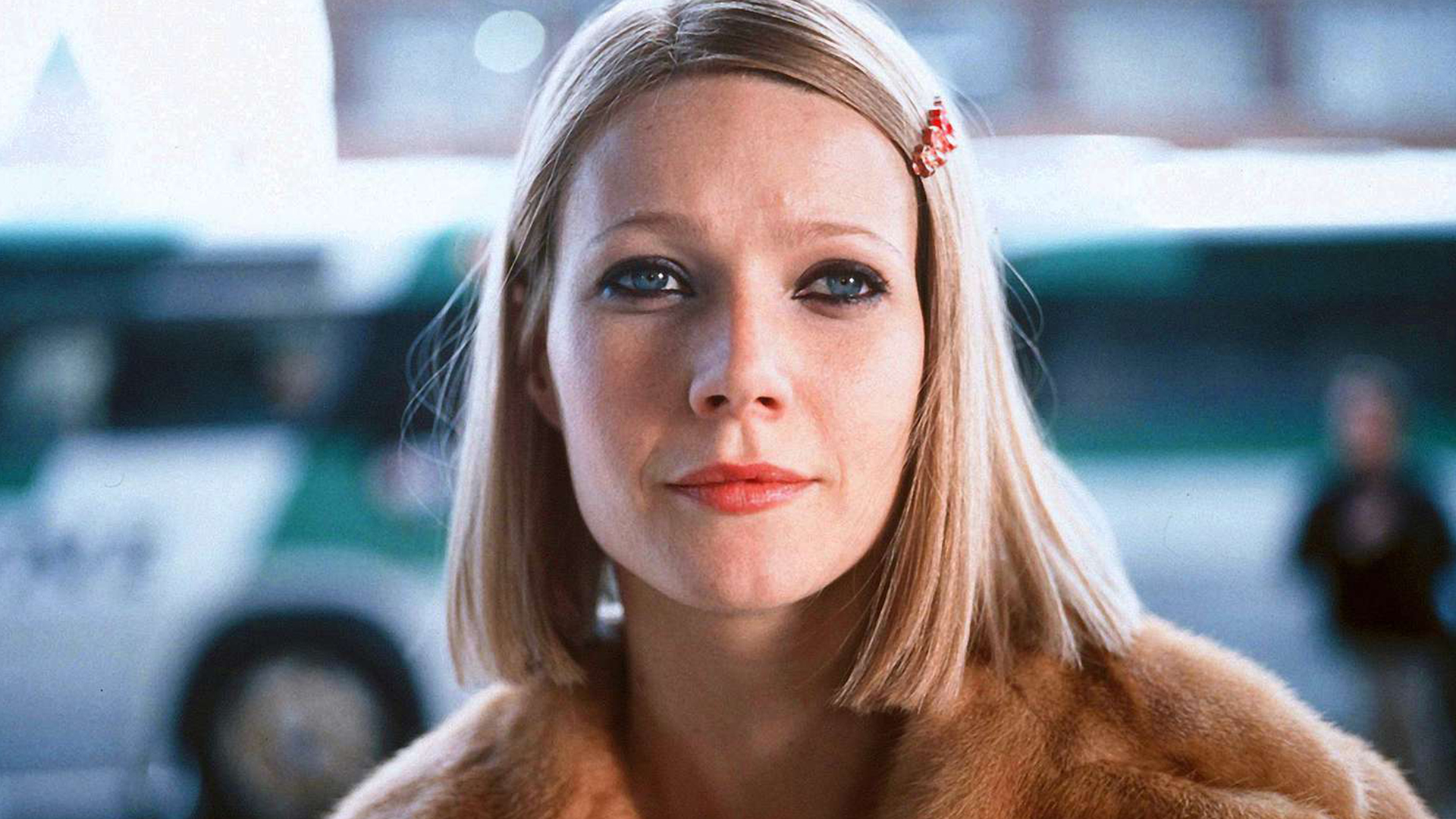Conceived as a personal video diary, The Infinite Happiness is an architectural experience. The film takes us to the heart of one of the contemporary housing development considered to be a new model of success. Inhabiting the giant “8 House” built by Danish architect Bjarke Ingels in the suburbs of Copenhagen, Ila Bêka & Louise Lemoine recount their subjective experience of living inside this experiment of vertical village, elected in 2011 “World best residential building.” As a Lego game, the film builds up a collection of life stories all interconnected by their personal relation to the building. The film draws the lines of a human map which allows the viewer to discover the building through an inner and intimate point of view and questions the architecture's ability to create collective happiness showing the surprising results of this new type of social model of the 21st century.
These screenings are free of admissions. Drop in, no reservations.
Trailer

The New Year is more than just a date change on the calendar. It often marks a turning point where the weight of past experiences is felt or the uncertainty of the future is faced. This season, Pera Film highlights films that delve into themes of hope, regret, nostalgia, and new beginnings.

Coffee was served with much splendor at the harems of the Ottoman palace and mansions. First, sweets (usually jam) was served on silverware, followed by coffee serving. The coffee jug would be placed in a sitil (brazier), which had three chains on its sides for carrying, had cinders in the middle, and was made of tombac, silver or brass. The sitil had a satin or silk cover embroidered with silver thread, tinsel, sequin or even pearls and diamonds.
Tuesday - Saturday 10:00 - 19:00
Friday 10:00 - 22:00
Sunday 12:00 - 18:00
The museum is closed on Mondays.
On Wednesdays, the students can
visit the museum free of admission.
Full ticket: 300 TL
Discounted: 150 TL
Groups: 200 TL (minimum 10 people)